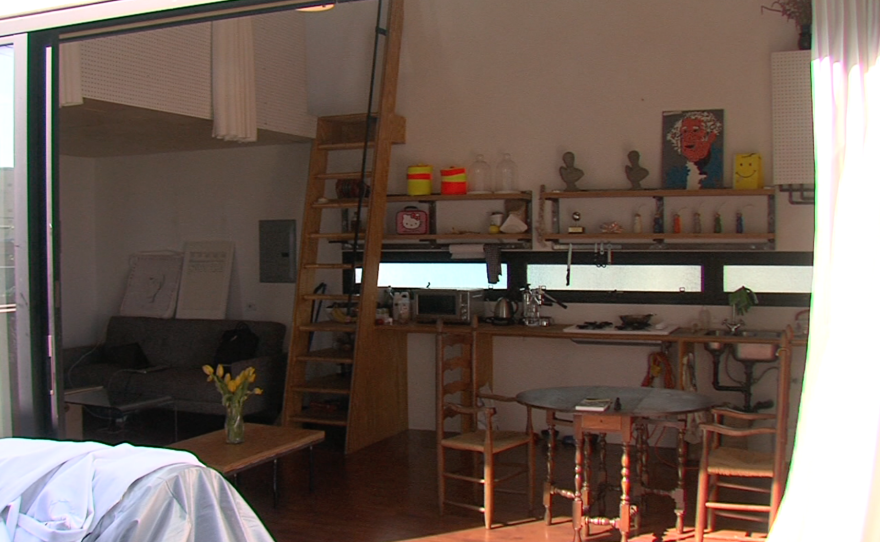The average size of an American home reached an all time high last year of 2,600 square feet, according to Census Bureau data. But a trend called micro-living is moving in the opposite direction.
Micro-homes are usually less than 350 square feet, and their residents pride themselves on not contributing to sprawl because they don’t need a lot of space.
The TV comedy "Portlandia" recently spoofed micro-living, a good sign that the concept has become a trend.
But the micro-home movement likely won’t come to San Diego any time soon, said David Allen, president of San Diego-based Trestle Development.
The reason, he said, is straightforward: parking.
"In San Diego, we have parking requirements that make it so if you build a unit, whether it’s 200 square feet or whether it’s 500 square feet, you have to build a certain number of parking spots," Allen said. "So if you’re building a lot of really small units, then you have to build a lot of parking, and that really just doesn’t work economically."
Allen is constructing 71 micro-apartments in Oakland, and he said that city and others on the West Coast have lower parking requirements, which allow for micro-housing.
But in San Diego, the municipal code says developers have to build at least one parking space for every unit. There are exceptions, including affordable housing developments, which don't have parking minimums, and buildings in smaller lots downtown, where parking requirements are cut in half.
Allen said even that reduced requirement inhibits development in popular neighborhoods, where a lot might fit nine parking spaces, constraining a developer to 18 apartments.
"More people would like to live here," Allen said of downtown neighborhoods, "but right now we’re telling them you have to first accommodate the car and then you can build your structure. I think that needs to change."
Chris Larson, a project manager with the city's Development Services Department, said no plans are in the works to allow for parking reductions for smaller housing units.

San Diego does have a few tiny living spaces, including La Esquina, an eight-unit complex in Barrio Logan. The building is on a substandard lot, so it doesn’t have parking minimums.
Architect Hector Perez made the 450-square-foot studios feel larger by giving them 15-foot ceilings.
"That affords a much more spatial and flexible space," Perez said.
Each unit has its own tiny kitchen and bathroom, an outdoor deck and bedrooms that are up a steep ladder in overhead lofts.
"As designers we should be thinking more in terms of quality, with less resources, and not so much about just shrink, shrink, shrink," Perez said.
While La Esquina's units are small, Perez said he doesn’t like the term micro-housing because it calls to mind "all this transformer furniture that turns a bed into a couch, a stove into a closet, I mean all this gadgetry that is extremely expensive. So developers, of course, are interested in creating this type of housing. Why? Because they’re able to charge everything plus more. They’re able to add a lot more units in the same footprint and still charge a premium for them."
The monthly rents for La Esquina's units range from $950 to $1,600.
Micro-apartment developer Allen said if San Diego would waive some parking requirements to allow for more micro-living, affordable units would pop up in expensive neighborhoods like Little Italy.
That could encourage people who work in those areas to move nearby, he said, and that would mean they wouldn't need cars — or parking spaces.






